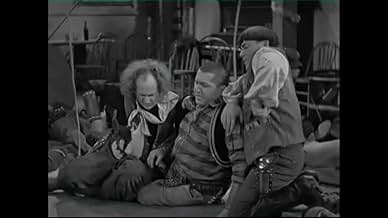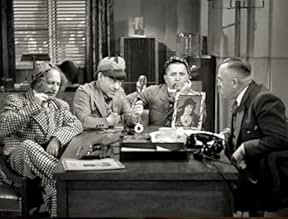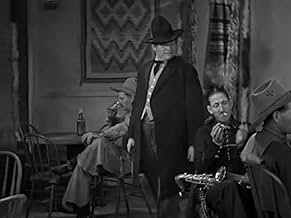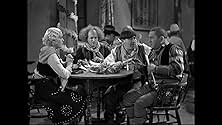Añade un argumento en tu idiomaThe Stooges are private detectives in the Old West trying to help a girl recover an IOU from a bad guy. Their attempts to steal the IOU from the villain's wallet, then from a safe, meet with... Leer todoThe Stooges are private detectives in the Old West trying to help a girl recover an IOU from a bad guy. Their attempts to steal the IOU from the villain's wallet, then from a safe, meet with problems until Curly, who goes berserk whenever he sees a mouse, knocks out all the bad g... Leer todoThe Stooges are private detectives in the Old West trying to help a girl recover an IOU from a bad guy. Their attempts to steal the IOU from the villain's wallet, then from a safe, meet with problems until Curly, who goes berserk whenever he sees a mouse, knocks out all the bad guys.


































